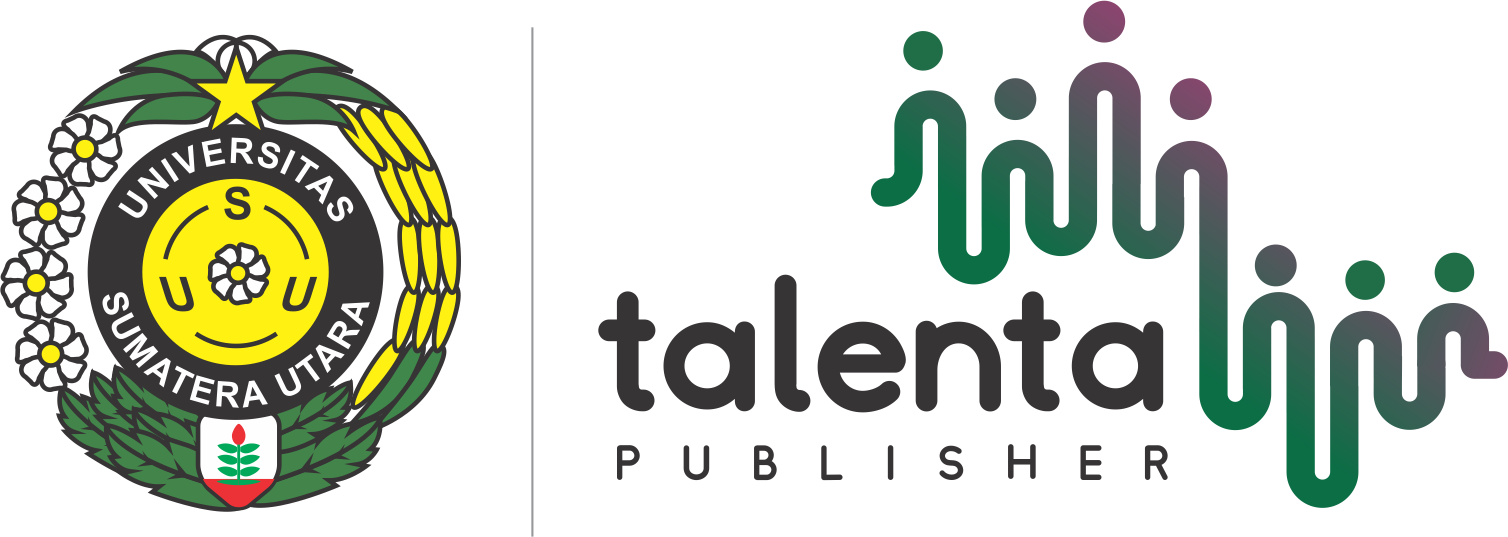Optimalisasi Kebutuhan Material untuk Produksi Bahan Bakar Minyak Menggunakan Metode Material Requirement Planning
Material Requirement Optimization for Fuel Oil Production Using Material Requirement Planning Method
| Authors | ||
| Issue | Vol 2 No 4 (2019): Talenta Conference Series: Energy and Engineering (EE) | |
| Section | Articles | |
| Section |
Copyright (c) 2019 TALENTA Publisher  This work is licensed under a Creative Commons Attribution-NoDerivatives 4.0 International License. |
|
| Galley | ||
| DOI: | https://doi.org/10.32734/ee.v2i4.687 | |
| Keywords: | crude oil material requirement planning | |
| Published | 2019-12-18 |
Abstract
Artikel ini membahas optimalisasi kebutuhan material untuk produksi bahan bakar minyak jenis A di sebuah perusahaan yang mengolah crude oil menjadi bahan bakar minyak, non-bahan bakar minyak, dan bahan bakar khusus. Tujuan penelitian ini adalah untuk menentukan penjadalan kebutuhan material dalam pengolahan produk A. Metode yang digunakan adalah Material Requirement Planning (MRP). Hasil blending produk A sebanyak 8463,6 KL/day membutuhkan komponen SR Naphtha sebesar 917 KL/day, RCC Naphtha sebesar 498,2 KL/day, HOMC sebesar 469,5 KL/day. Berdasarkan hasil perhitungan menggunakan metode MRP jumlah produksi yang direncanakan telah sesuai dengan STS bulan September 2018 yang menunjukkan hasil yang optimum, artinya tidak ada produk berlebih yang dapat mengakibatkan penambahan biaya.
This article discusses the optimization of material requirements for the production of type A fuel oil in a company that processes crude oil into fuel oil, non-fuel oil, and special fuel. The purpose of this study is to determine the scheduling of material requirements in product processing A. The method used is Material Requirement Planning (MRP). The results of product A blending as many as 8463.6 KL / day require SR Naphtha components of 917 KL / day, RCC Naphtha of 498.2 KL / day, HOMC of 469.5 KL / day. Based on the results of calculations using the MRP method the amount of production planned is in accordance with the STS of September 2018 which shows the optimum results, meaning that there are no excess products that can result in additional costs.






